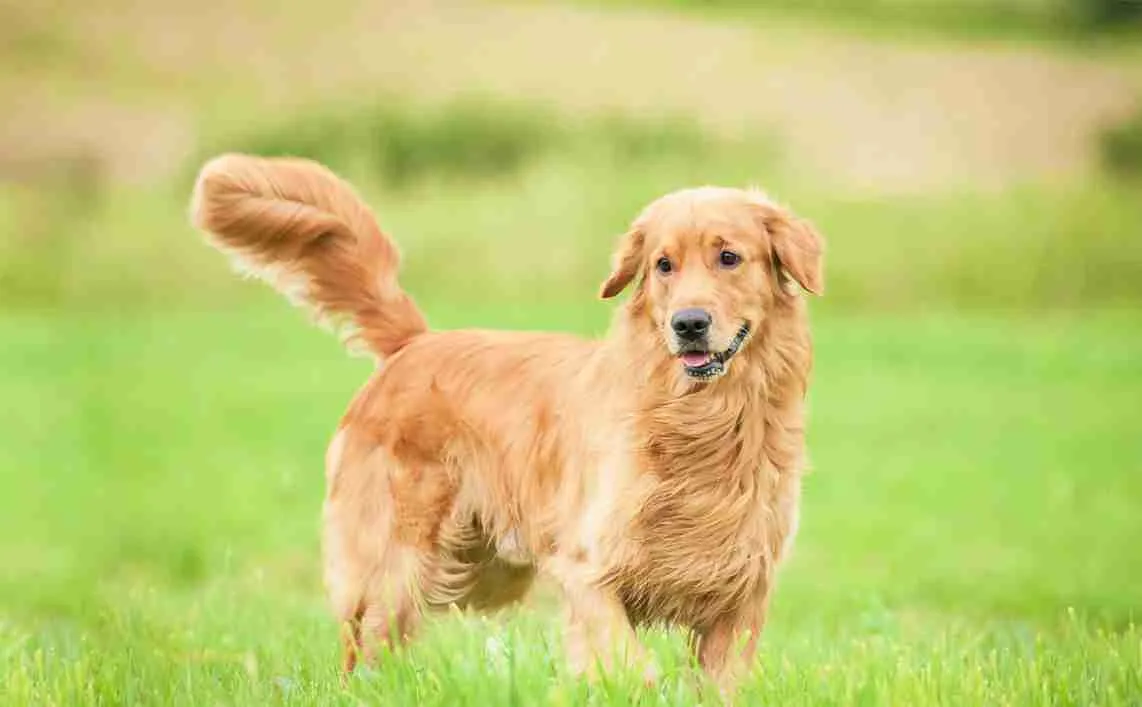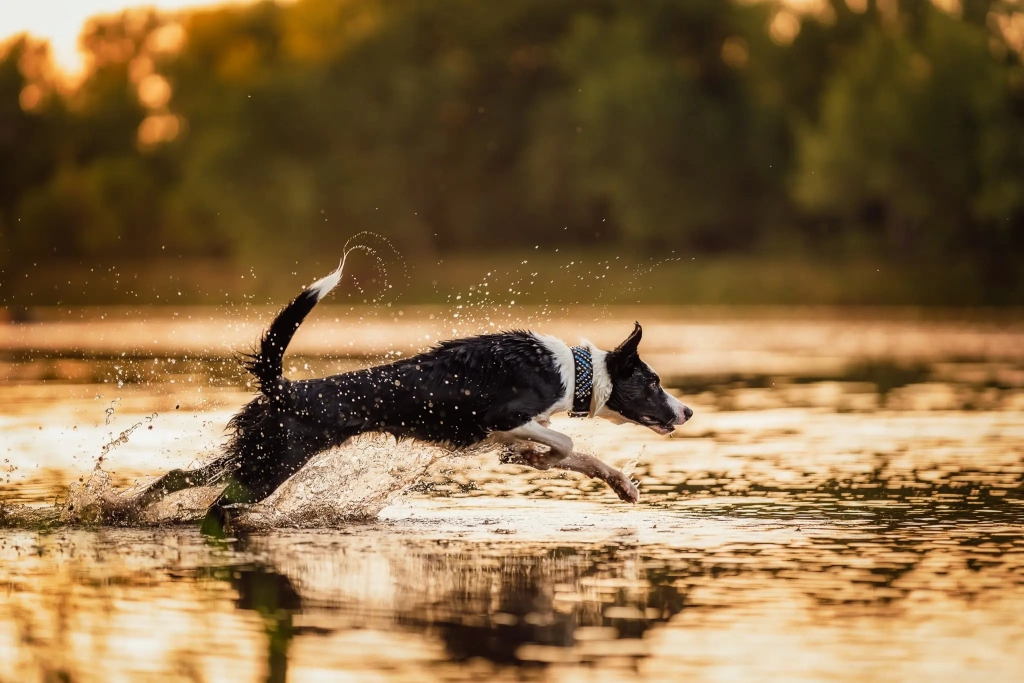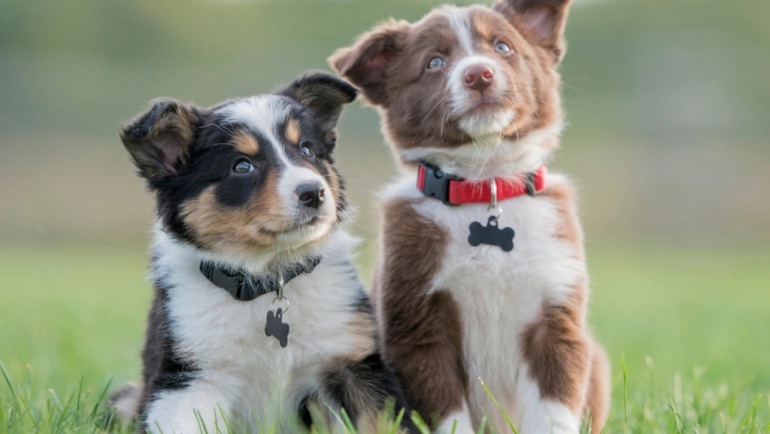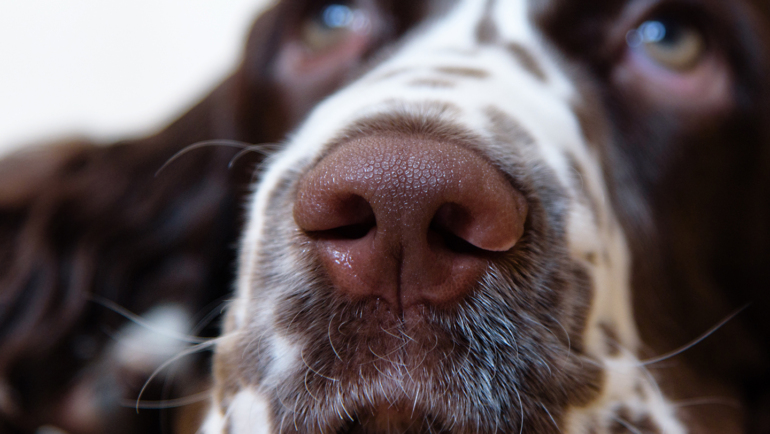193Views

The Tail-tastic Reasons Why Dogs Have Tails
Dog tails, with their endless wags and expressive movements, are iconic. But their purpose goes far beyond simply being adorable.
Wagging more than just greetings! Dive into the fascinating reasons why dogs have tails & how they help them thrive.
From balancing acts to silent conversations, a dog’s tail plays a crucial role in its life. Let’s explore the fascinating reasons why dogs have tails.
Balance Champions:
- Agility Enhancers: Imagine a gymnast without a balance beam. That’s how dogs rely on their tails! During jumps, turns, and navigating uneven terrain, the tail acts as a counterweight, ensuring agility and stability. Think of it as a built-in rudder, adjusting their center of gravity for precise movements.
- Swimming Buddies: In the water, the tail transforms into a powerful propeller, propelling dogs forward with efficient strokes. Breeds like Labradors and Golden Retrievers have especially muscular tails for swimming prowess.

Read More: All You Need To Know About Dog’s Eye
Communication Cornerstones
- Emotional Barometers: A wagging tail isn’t always a sign of pure happiness. The speed, direction, and position of the wag reveal a range of emotions. A high, fast wag often indicates excitement, while a slow, low wag might suggest uncertainty. Observing tail movements alongside other body language cues helps us understand how our canine companions feel.
- Silent Conversations: Dogs use their tails to communicate with each other. A raised tail signifies confidence, while a tucked tail shows submission. Understanding these “tail talks” helps us interpret interactions between dogs and build stronger bonds with our own furry friends.
Breed-Specific Benefits
- Warmth Providers: Breeds like Huskies and Chow Chows have thick, fluffy tails that act as natural insulation, keeping them warm in harsh climates. Curled tails also help trap heat close to the body.
- Scent Distribution: Some breeds, like Basset Hounds, have long, trailing tails that drag on the ground. This helps distribute their scent, marking their territory and attracting mates.
You May Also Like: Why Do Dogs Wag Their Tails?
A Tail to Tell:
From balancing acts to silent conversations, a dog’s tail is more than just a cute appendage. It’s a vital tool for movement, communication, and even warmth.
By understanding the diverse roles tails play, we can appreciate our furry friends on a deeper level and ensure their well-being. Remember, regular veterinary checkups are crucial for maintaining healthy tails and happy dogs!


